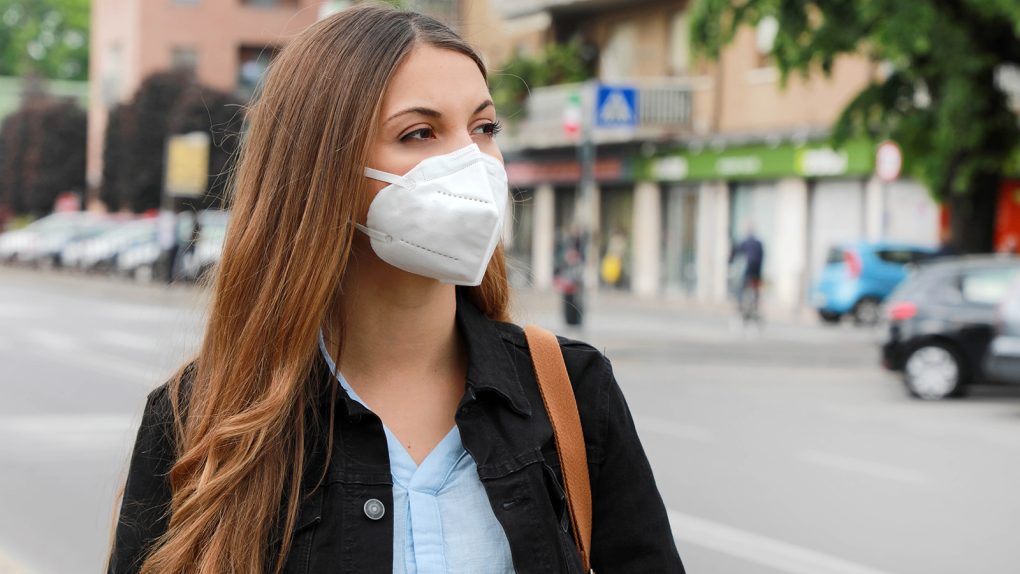- Three more coronavirus symptoms were added to the official list that the Centers for Disease Control and Prevention (CDC) oversees.
- Congestion or runny nose, nausea or vomiting, and diarrhea can be indicative of infection with the novel coronavirus, based on the update list of symptoms.
- The symptoms aren’t enough for a definitive COVID-19 diagnosis, as they can appear in other medical conditions as well.
We’ve learned a lot about the novel coronavirus in a relatively short period of time. We know how it spreads, how long it can survive in the air and on surfaces, and how it kills. We also understand how it can be neutralized and what measures we need to take to reduce the risk of transmission.
But not everything is definitive. Authorities and doctors are learning as they go, and that’s why we end up getting more and more details about the disease every day. In this COVID-19 information deluge, we missed the three new symptoms that the CDC added to the official list to watch out for on its website.
If you’ve experienced congestion or runny nose, nausea or vomiting, or diarrhea recently, you might be infected. The three symptoms were added to the CDC’s coronavirus symptoms page on May 13th, according to Our Community Now. That’s the last time the page was updated, and those symptoms weren’t there before.
This is not the first time the CDC has updated the page, which it does every time it has new information to add. The last time the organization updated the list of COVID-19 symptoms was in late April when it added six symptoms to the list. The strangest COVID-19 symptom to date was one of the six: The loss of taste or smell.
Here’s the full list of symptoms to watch out for, according to the CDC:
- Fever or chills
- Cough
- Shortness of breath or difficulty breathing
- Fatigue
- Muscle or body aches
- Headache
- New loss of taste or smell
- Sore throat
- Congestion or runny nose
- Nausea or vomiting
- Diarrhea
You don’t have to develop all these symptoms to have the disease. In fact, some people have no visible symptoms, but their bodies still fight off the infection.
The World Health Organization has a different way of listing coronavirus symptoms, dividing them into three categories:
Most common symptoms:
- fever.
- dry cough.
- tiredness.
Less common symptoms:
- aches and pains.
- sore throat.
- diarrhoea.
- conjunctivitis.
- headache.
- loss of taste or smell.
- a rash on skin, or discolouration of fingers or toes.
Serious symptoms:
- difficulty breathing or shortness of breath.
- chest pain or pressure.
- loss of speech or movement.
If you suspect you’ve been exposed to COVID-19 and may have been infected, it’s best to seek medical guidance as soon as possible. The quicker the diagnosis is confirmed and the illness is treated, the better the outcome. Coronavirus symptoms may take time to develop, from 5 or 6 to 14 days, according to the WHO. The CDC says the onset of symptoms can start anywhere between 2 and 14 days after exposure.







